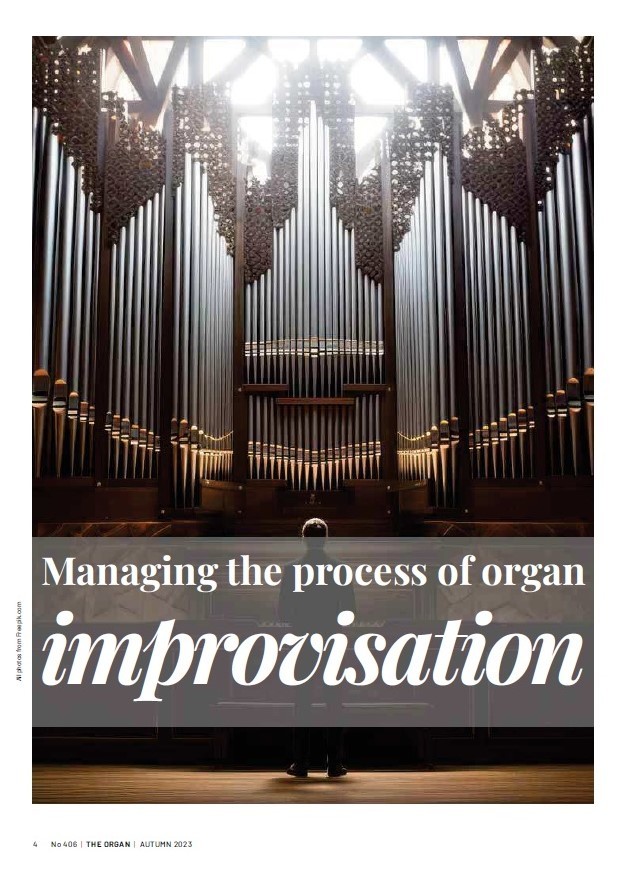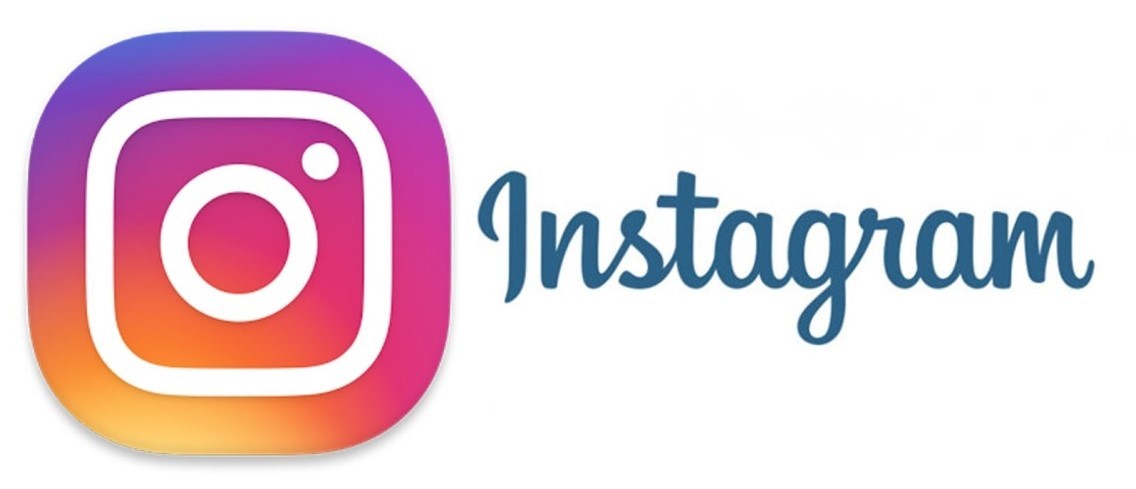NEW ARTICLE (ENG): "Managing the process of organ improvisation”, in: "The Organ”, No 406, Nov.2023-Jan.2024
Dodano 18.11.2023

Abstract: Continuing considerations about the noble and respectable art of organ improvisation (Szostak, 2019, 2020, 2023), I would like to answer the following questions in this work: 1) What are the components of the aesthetic situation in case of organ improvisation and what are the relations between these components? 2) How can an organ improviser manage the process of artistic improvisation in order to be efficient in his musical activities? An interdisciplinary approach must be applied from three perspectives (instrumental studies, aesthetics, and management) to find justified answers. All the time, we base on the concept of Maria Gołaszewska’s theory of the aesthetic situation, its components and mutual relations. Previously described three critical competencies of an organ improviser (virtuosity, artistry and creativity) allow us to analyse the phenomenon of managing the aesthetic situation of improvisation by the improviser, who – apart from virtuosity, artistry and creativity – should also take into account the motives for undertaking the improvisational activity, sources of inspiration with a particular emphasis on contextual inspiration, the role of the improviser’s identity and the role of commitment. The research methods exploited in this article are a critical analysis of the literature and autoethnography. In order to fully understand the phenomenon of improvisation, it is necessary to find a possibly comprehensive model that would allow us to coherently capture all the problems related to this form of creativity. Many aesthetic theories may refer to considerations in improvisation in particular areas, but the most capacious and flexible is the “aesthetic situation” theory by Maria Gołaszewska. Based on the achievements of Roman Ingarden’s phenomenology (Ingarden, 1970, pp. 18–41), Maria Gołaszewska translated her theory of the “axiological situation” (Gołaszewska, 1986b, pp. 23–38) to the area of aesthetics, calling it an “aesthetic situation”. The main components of the aesthetic situation theory are the creator, the work of art, the recipient, the real world and the world of values. The fundamental relationships between the listed components are as follows: the creator in the creative process creates a work of art; the recipient receives the work of art in the reception process; all these elements have connections and interactions with the world of values, but they happen in the real world. Let us briefly discuss these components and their relations with the imposed optics of improvisational creativity.









